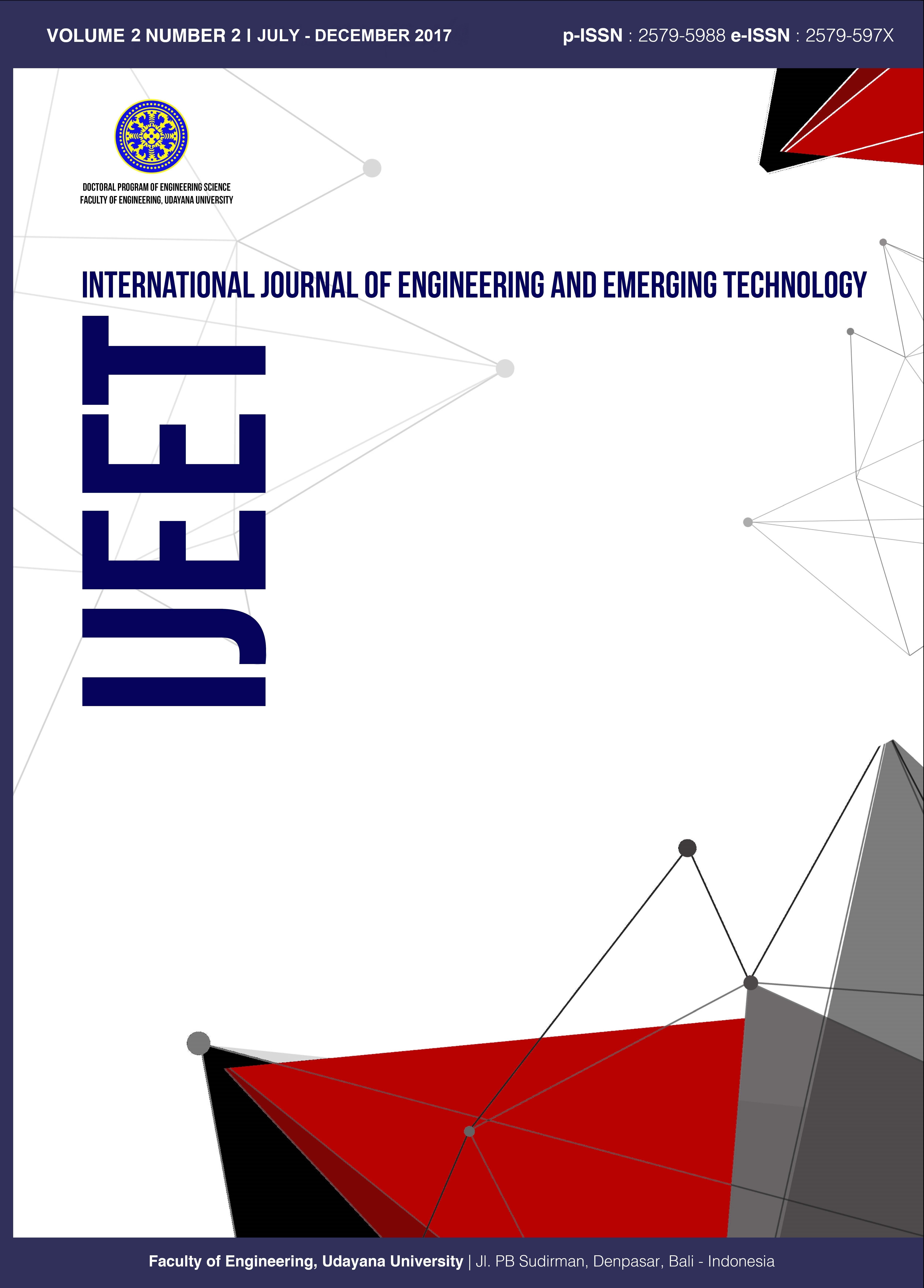A Placement and Sizing of Distributed Generation Based on Combines Sensitivity Factor and Particle Swarm Optimization: A Case Study in Bali’s Power Transmission Networks
Abstract
Although many methods for optimizing DG
placement and its size in a network with the target of reducing
system power losses and voltage profile have already been
commended, they still lack from several weaknesses. As a result
much can be done about to happen with new algorithms. The
proposed algorithms commonly have stressed their formulations
on real power losses only and ignored the reactive power losses.
Power systems reactive power injection plays an important role
in voltage stability control, thus the reactive power losses need to
be incorporated in optimizing DG allocation considering their
voltage profile improvement. Whereas Particle Swarm
Optimization (PSO) approach was proposed for finding the
optimal size of DG. This study work intended to apply both real
and reactive power flow, power loss sensitivity factors and PSO
method in finding the candidate buses for DG placement and its
size on Bali’s 150 kV transmission networks. The experimental
results show that the proposed algorithm is indeed capable of
obtaining a good quality solution efficiently

 Indexed By
Indexed By







